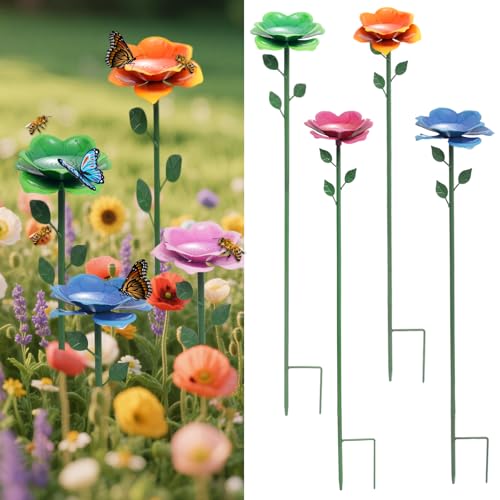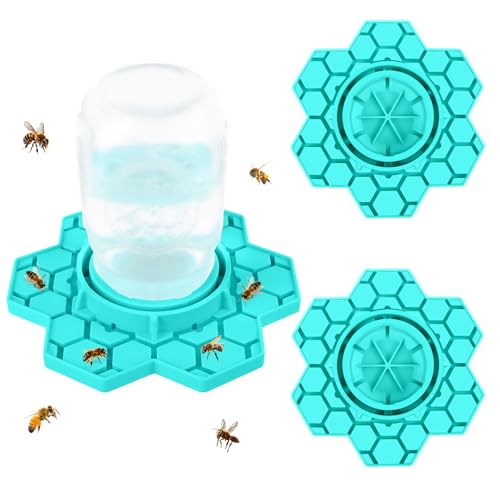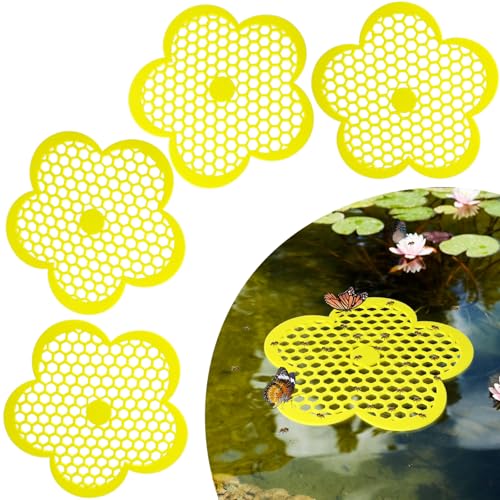Bees desperately need your help in the heat – here's how to make them a watering station in just 3 quick steps (and you can do it for free)
The hot weather can quickly dehydrate pollinators, but this DIY provides them with an accessible water source
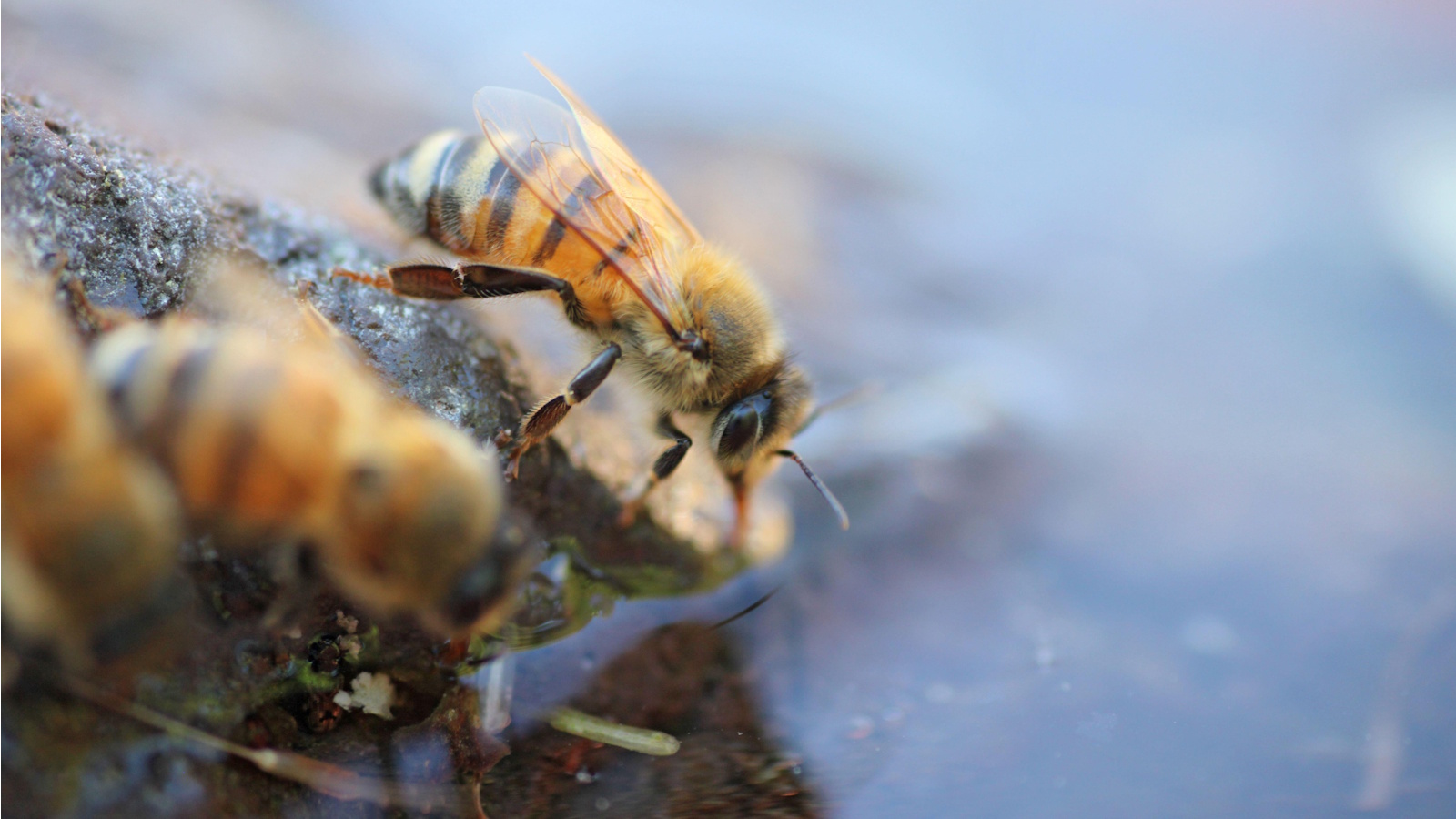
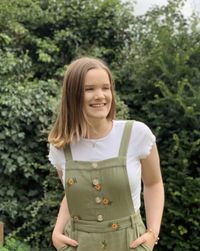
Summer is a great time for spotting pollinators in the yard, and seeing them enjoy my outdoor space makes me happy to know there's a healthy ecosystem in my garden. With a heatwave incoming, it's more urgent than ever to supply birds, bees, butterflies, and more with water to stay hydrated and cool down in.
So, I present to you one of the most charming DIYs I've come across this week: a bee watering station. Although, butterflies and smaller birds can easily benefit from it, too. If you're keen to attract bees to your garden, then it's key to provide them with some water to drink from. The issue with relying on bird baths for this is they aren't the easiest for bees to use. A bee watering station, however, consists of pebbles for bees to sit on while drinking from a shallow dish.
The good news is this DIY can be thrown together with things you have lying around in the garden in just a few minutes. Take a look at @growwithnith's version of a bee watering station below. Not only is it practical for pollinators, it's also an adorable feature to have in your wildlife garden and looks great nestled among nectar-rich flowers; another excellent resource for pollinators. Here's how you can make your own bee watering station in just three steps.
How to make a bee watering station
There are only a handful of steps involved in making a bee watering station. Before you know it, you'll be attracting all types of bees, as well as butterflies and smaller birds, who will be thankful in such dry, hot weather.
1. Set up your plant pot and saucer

The structure of your bee watering station is incredibly simple – it's just a plant pot flipped upside down with a saucer sitting on top of it. And if your potting shed is anything like mine, you likely have a few plant pots not in current use that make the perfect vessel.
While you can use any type of plant pot and saucer, there are a few considerations to keep in mind.
First of all, the size. It's obvious to say, but bees are just small little insects, so a small pot and shallower saucer are going to be much more accessible to them.
Design expertise in your inbox – from inspiring decorating ideas and beautiful celebrity homes to practical gardening advice and shopping round-ups.
'The larger size of a bird bath is part of the difficulty these pollinators have in using them,' Homes & Gardens Head of Gardens, Rachel Bull, notes. 'A shallow dish is more proportional for bees. It doesn't have to be a plant pot saucer, either, you could use a plastic storage box lid or even a pet bowl (from Walmart),' she adds.
I'm personally leaning towards using a terracotta pot. The reason being clay pots are porous, absorbing moisture and gradually releasing it, usually making them cool to touch and a great garden olla. This is something the bees can benefit from even if water levels are running low in the saucer.
If you haven't got the appropriate pot and saucer sitting about, I've found the perfect terracotta pot and saucer on Amazon. Or, if you have a plastic or ceramic pot already, simply add this terracotta saucer (from Amazon) on top.
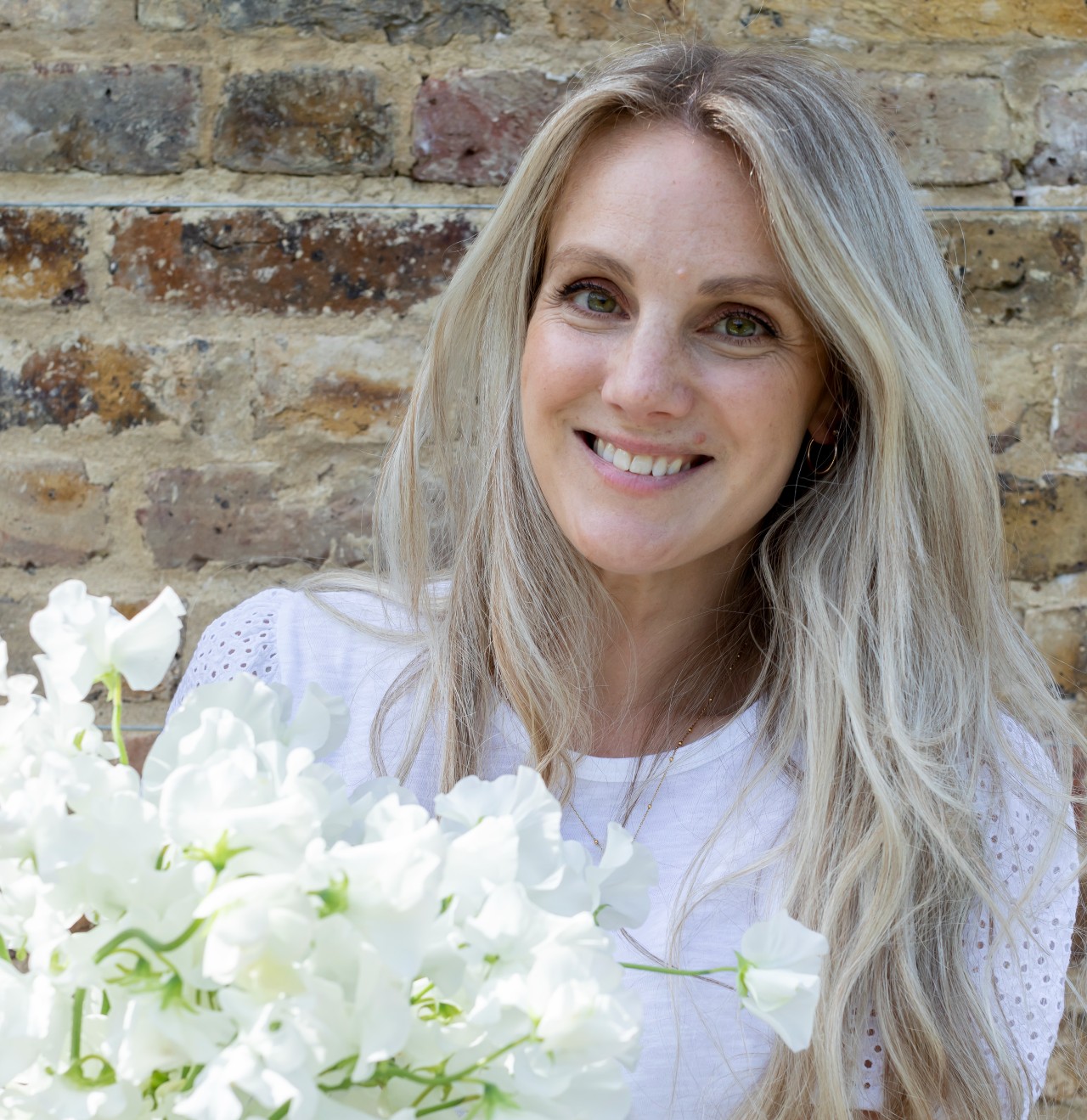
Rachel is a gardening editor, flower grower and floral designer. Her journalism career began on Country Living magazine, sparking a love of container gardening and wild planting. After more than a decade writing for and editing a range of consumer, business and special interest titles, Rachel became editor of floral art magazine The Flower Arranger. She then trained and worked as a floral designer and stylist in London for six years, before joining the Homes & Gardens team.
2. Place pebbles or stones in the saucer
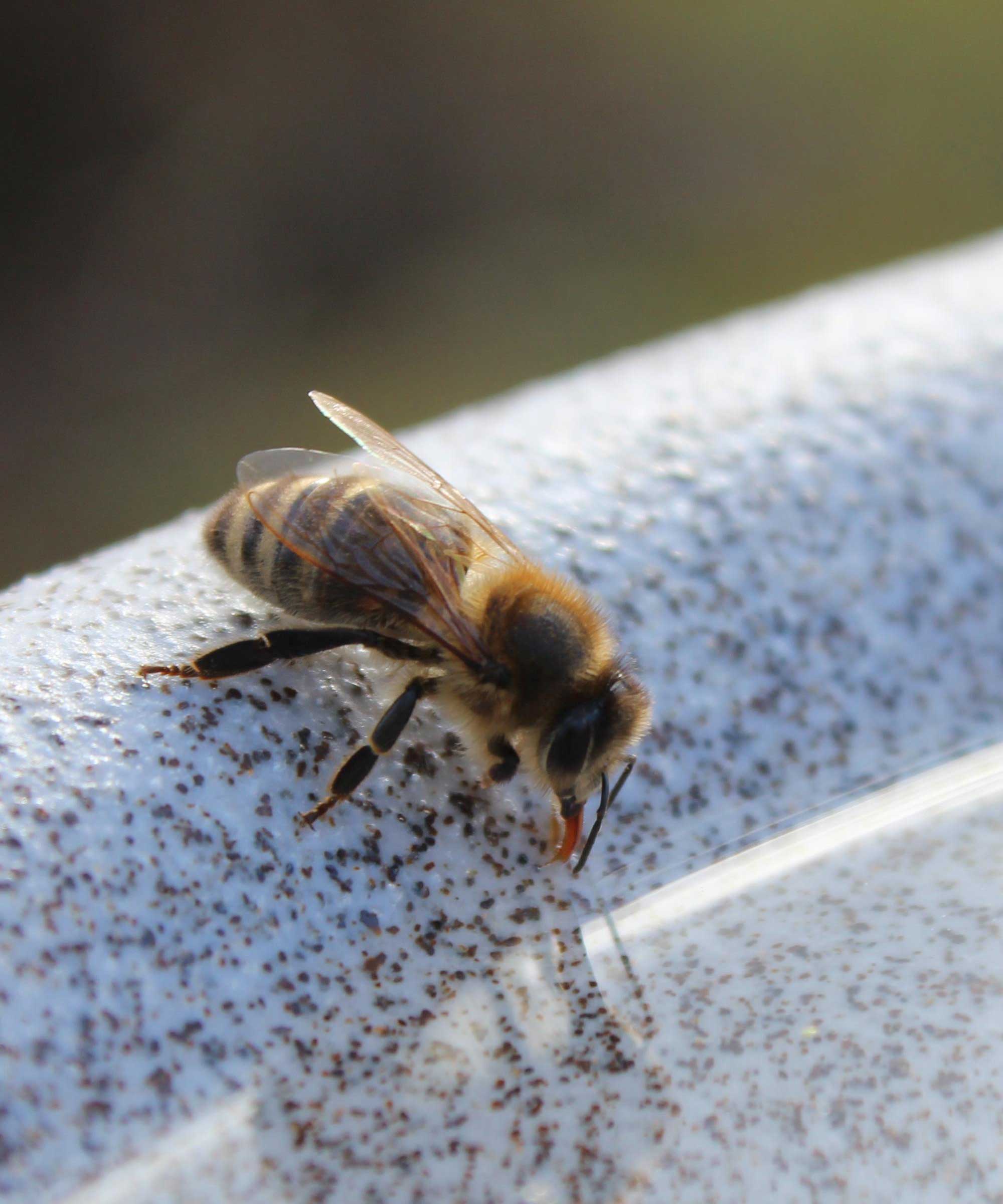
This is what makes a bee watering station so effective in keeping pollinators hydrated. Pebbles and stones provides spots for bees to sit on in the saucer to drink. A lack of these in a bird bath or pond, for example, is what makes it inaccessible to these insects.
You can use small and medium-sized stones you find around your yard, or you can purchase these pebbles from Amazon for a more uniform look. For a fun twist, why not add in a pop of color with these colorful stones from Walmart?
You're aiming to mostly cover the base of the saucer, although you want there to be some pockets for little drinking pools of water.
3. Add water to the saucer
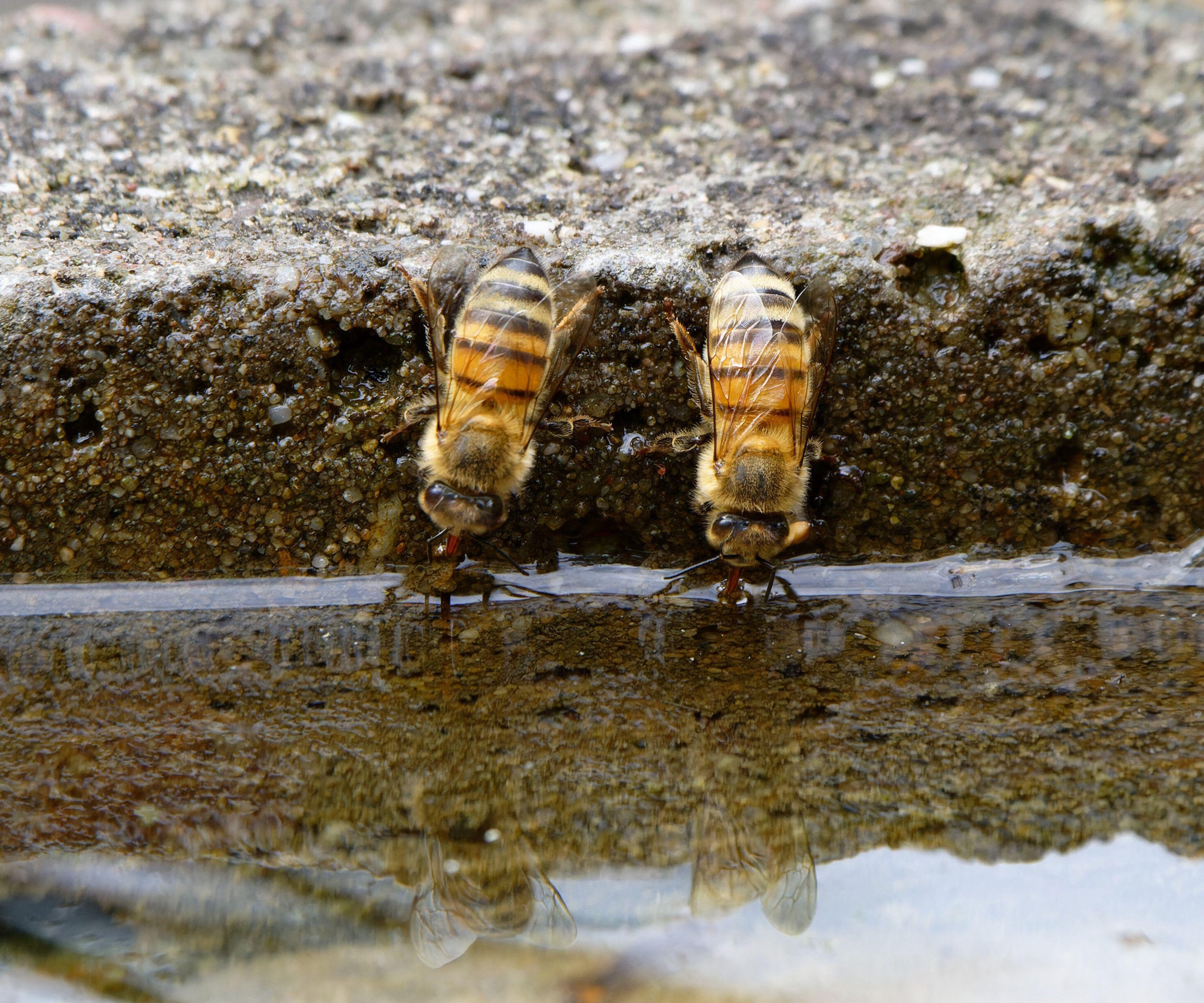
The final step is to add the water. It isn't as simple as filling the saucer, though, as you need to ensure the tops of the pebbles are sitting above water level for the bees to perch on.
Using a watering can (from Walmart) carefully pour water up to halfway in the saucer.
'Just like keeping a bird bath clean, don't forget to refresh the water every couple of days,' says Rachel. 'This will provide clean water for pollinators and ensure the water level hasn't dropped too low in the extreme temperatures of the heatwave,' she explains.
FAQs
Can you give bees sugar water?
Yes, sugar water is a great source of energy and hydration for bees. It can be particularly useful during very hot spells to energize bees. However, you shouldn't provide sugar water as a main water source for bees, as it isn't part of their regular diet. To make sugar water for bees, simply dissolve sugar (from Walmart) in hot water and wait for it to cool before putting it out for bees.
I love discovering wildlife projects for my yard, so will definitely be giving this a go this summer. If you're keen to try other DIYs in the yard, consider making a bird buffet to attract a wide range of birds to your outdoor space.
And while it is fun to create a bee watering station, you can also opt to use the below products to keep bees hydrated in the upcoming hot spell:
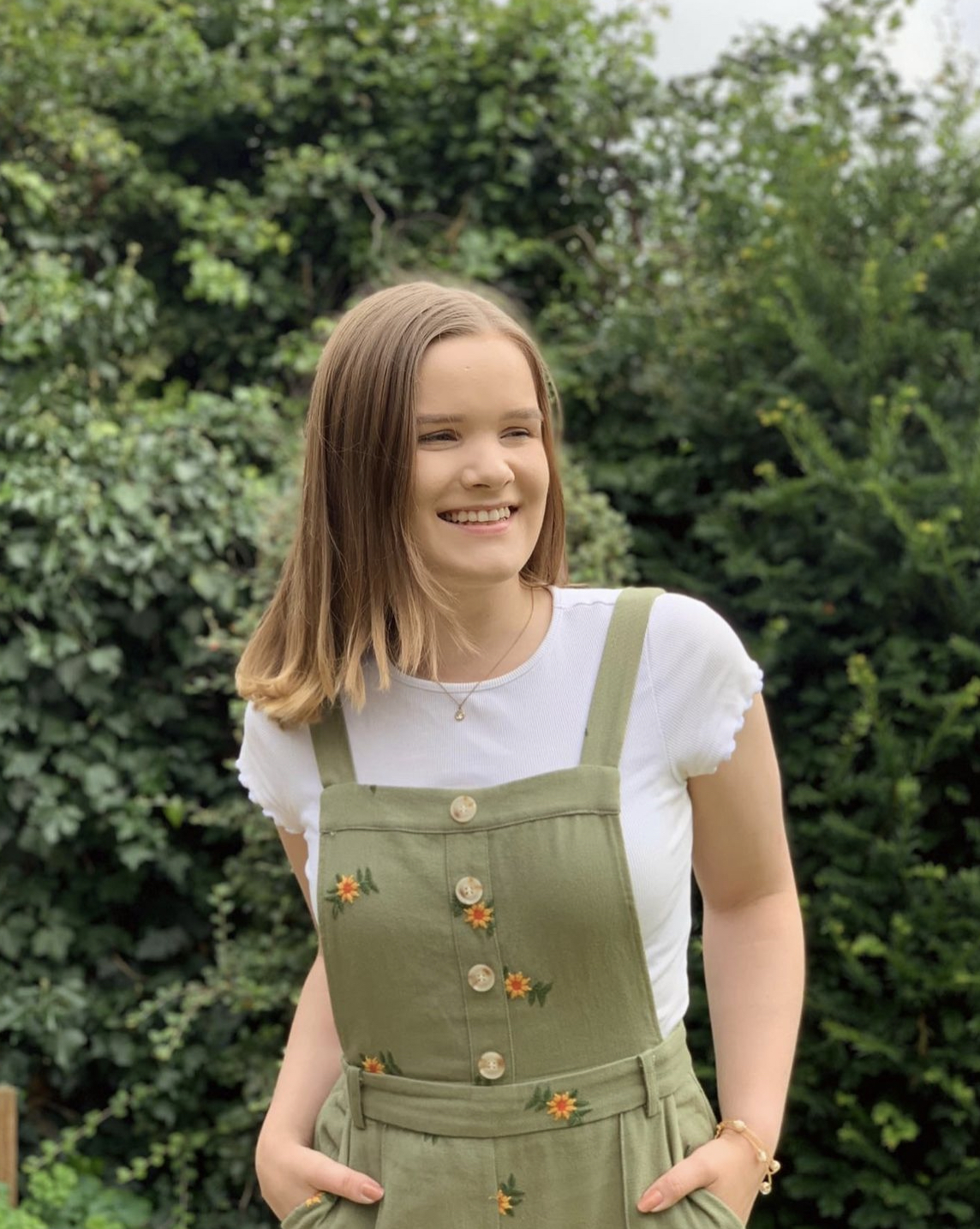
Tenielle is a Gardens Content Editor at Homes & Gardens. She holds a qualification in MA Magazine Journalism and has over six years of journalistic experience. Before coming to Homes & Gardens, Tenielle was in the editorial department at the Royal Horticultural Society and worked on The Garden magazine. As our in-house houseplant expert, Tenielle writes on a range of solutions to houseplant problems, as well as other 'how to' guides, inspiring garden projects, and the latest gardening news. When she isn't writing, Tenielle can be found propagating her ever-growing collection of indoor plants, helping others overcome common houseplant pests and diseases, volunteering at a local gardening club, and attending gardening workshops, like a composting masterclass.
You must confirm your public display name before commenting
Please logout and then login again, you will then be prompted to enter your display name.
